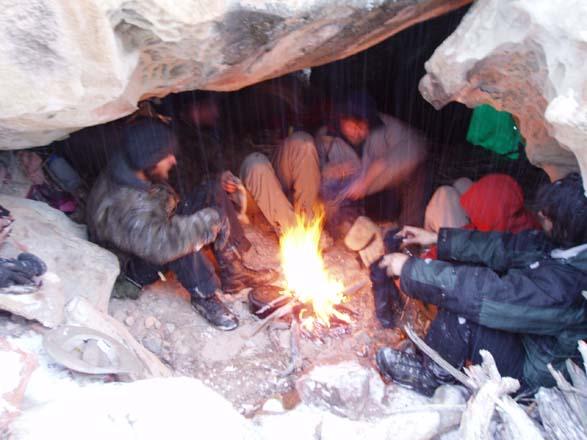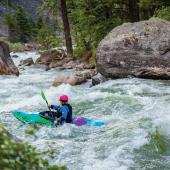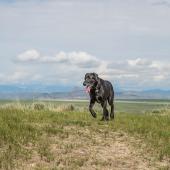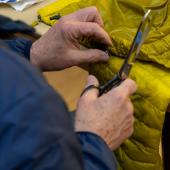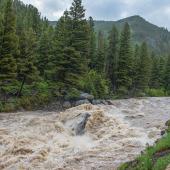Winter Mountain Safety
I had the dream again. The one where my friends and I end up stranded on a remote mountain during an eight-foot snowstorm. Unintentional "Survivor" with wet socks and no voting. I, as the hero (it’s MY dream), am a cross between MacGyver and Stallone in Cliffhanger. You’ve probably had a similar dream.
But has your dream caused you to think about just what you’d need in order to survive such a circumstance? In Montana, in the winter, you can unexpectedly end up in a critical situation any time you leave town. Now that winter’s upon us, it’s time to put that warning dream to use.
To have a safe winter adventure, you first have to get to the start. What’s in your winter car kit? If you don’t have one or need some suggestions on what to include, the Montana Department of Transportation has a nice handbook that covers winter preparedness for drivers. You can find the handbook online at www.mdt.state.mt.us/travinfo/wshandbk99.pdf.
Montana’s mountains are an amazing, awe-inspiring, soul-enriching, and ultimately hostile place to travel. Going in the winter makes them doubly hostile. A simple injury or getting lost can become a life-jeopardizing experience. Even if you’re just going for a quick snowshoe, be prepared to spend the night out. Determine your minimum for necessary safety gear—extra clothing, matches, first-aid kit, satellite phone, whatever—and always take it with you.
Whether you’re boarding off-piste, ski-mountaineering, climbing ice, or cross-country skiing to a Forest Service cabin, frostbite, hypothermia, and avalanches are major safety concerns. You already know the basic cold weather prevention stuff:
• Dress in layers with a wicking bottom layer and a wind/water-resistant outer shell.
• Drink lots of fluids, preferably without caffeine. If you’re drinking enough, your pee won’t have any color.
• Boots should allow enough room for circulation and winter socks.
• Mittens with removable liners are better than the best gloves.
Frostbite starts as a red patch, often in wind-exposed areas of the body, but also in places where circulation is impaired. If it progresses, the skin becomes extremely pale, meaning some of the cells have died. The frostbitten areas may blister, weep, or develop a black crust. If you notice yourself or your companions developing numb toes or fingers, or a white patch on the face, deal with it right away. Get the area warm and protected against further injury. Frostbitten tissue is very sensitive to physical injury, so don’t rub it to get it warm.
Hypothermia shouldn’t be treated; it should be prevented. Avoid getting both wet and cold, and remember that the risk of hypothermia goes up dramatically in wind. If you’ve got it, you won’t know it, so hypothermia management is a team sport. Everyone in the group has to watch the others for excessive shivering, sluggishness, and confusion. If someone develops symptoms, immediately get him dry and warm, and get some warm liquids into him if possible. If he isn't responding, call a helicopter.
The best defense against avalanches is knowledge—knowledge of why, when, and where avalanches happen, and knowledge of the conditions on the day and in the place where you’re headed. If you’re going into the mountains this winter, first go to school. The Gallatin National Forest Avalanche Center is one of the best in the country and they offer both avalanche classes and information on current snow conditions. Contact them at 587-6981 or check out their Web site at www.mtavalanche.com.
Dean Center, M.D., is a physician at Family Doctors' Urgent Care in Bozeman.


